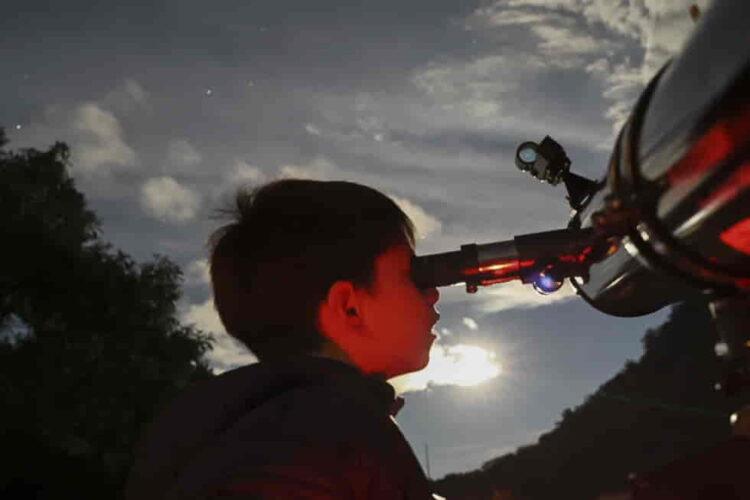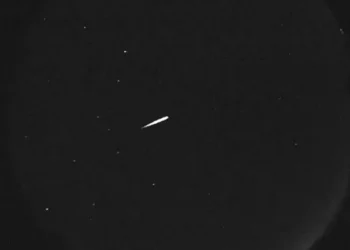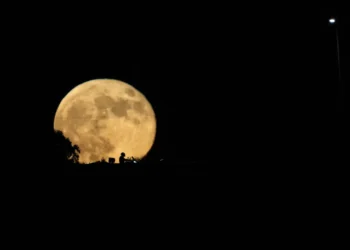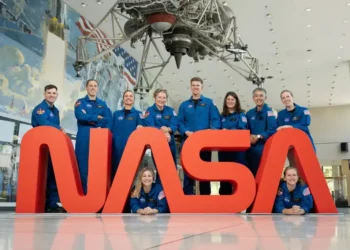How to Spot the Planetary Parade in the January Night Sky
This January, the night sky will feature a spectacular planetary parade, where six planets will align and dazzle stargazers. Many of these planets are visible with the naked eye, creating a stunning celestial display.
Planetary parades happen when several planets align on one side of the sun, though they’re not perfectly lined up. As Hannah Sparkes, planetarium supervisor at the Bishop Museum of Science and Nature, explains, “They’re pretty close together on one side of the sun.”
This astronomical phenomenon is a common occurrence, happening at least annually. A similar parade occurred last June, but only two planets were visible to the naked eye without special equipment. This month, however, the sky is graced by Venus, Mars, Jupiter, and Saturn, all visible without any special gear. Uranus and Neptune can also be spotted through binoculars or telescopes.
The most exciting part of this month’s spectacle is the bright glow of Mars, which is positioned directly opposite the sun, making it particularly radiant. Additionally, on Friday and Saturday nights, Venus and Saturn will appear especially close to each other, just two degrees apart, creating a unique pairing.
When and Where to Look:
To catch this stunning sight, head outside on any clear, cloudless night in January or early February. A few hours after sunset, face south and you’ll see Venus and Saturn shining brightly in the southwestern sky. Jupiter will be located in the southern sky, while Mars will appear in the southeast or east.
Mars will stand out as a reddish-orange dot, shining brighter than the surrounding stars. Stargazing apps can also be helpful to guide you to the planets’ exact locations, according to Sparkes.
A Bonus Planetary Appearance:
At the end of February, Mercury will join the planetary parade as a seventh planet, though it will be faint and more challenging to spot.
As the planets slowly begin to exit the night sky through the spring, this rare alignment offers a humbling reminder of our place in the solar system and the vast universe beyond, as noted by Kevin Williams, planetarium director at Buffalo State University.
So, grab your coat, head outside, and enjoy the breathtaking planetary show happening in the January night sky!
This article was rewritten by JournosNews.com based on verified reporting from trusted sources. The content has been independently reviewed, fact-checked, and edited for accuracy, tone, and global readability in accordance with Google News standards.
Stay informed with JournosNews.com — your trusted source for verified global reporting and in-depth analysis. Follow us on Google News and BlueSky for real-time updates.
JournosNews.com follows Google News content standards with original reporting, verified sources, and global accessibility. Articles are fact-checked and edited for accuracy and neutrality.












